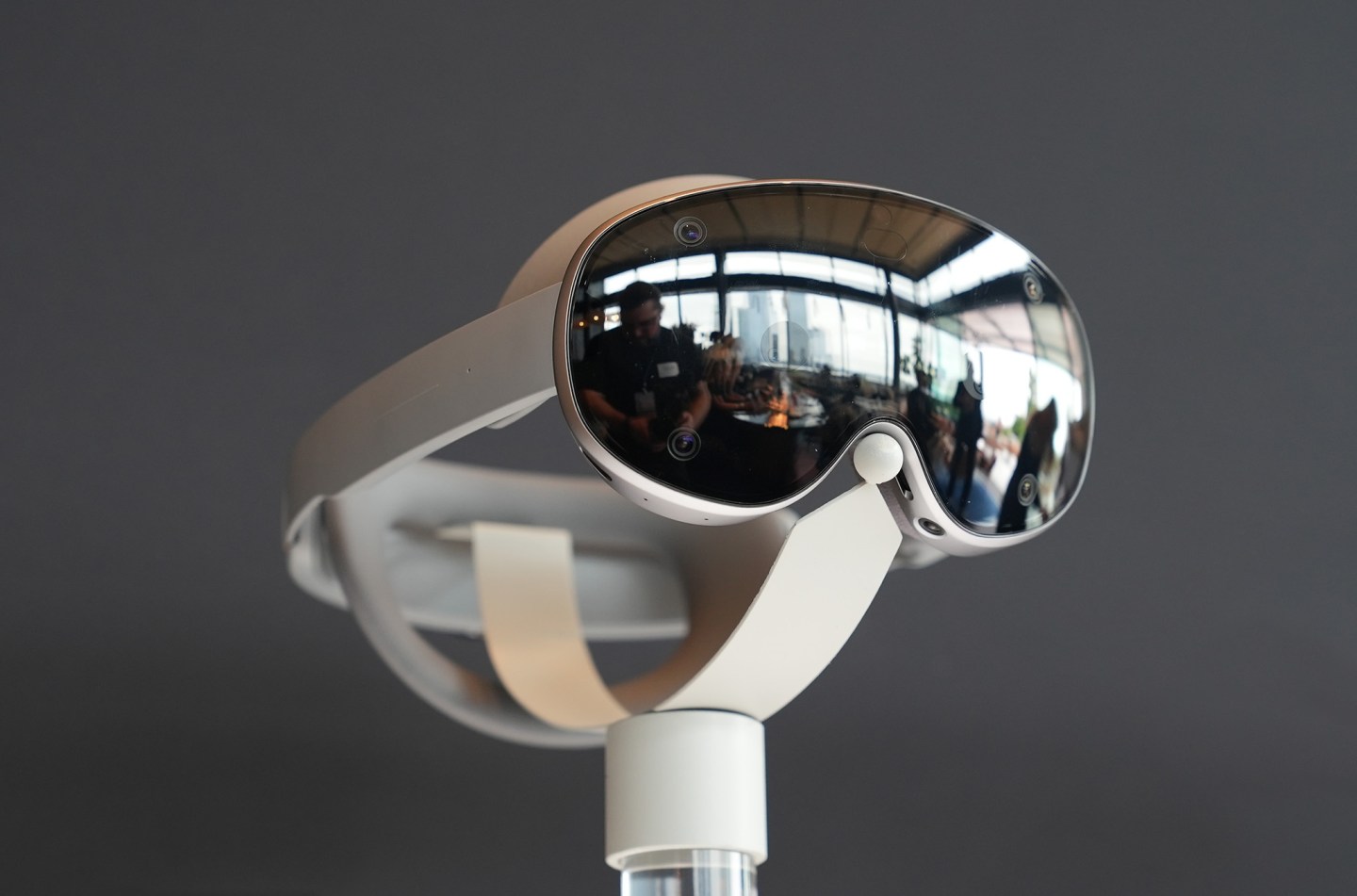RAM memory is the component that is responsible for storing temporary data on a PC or laptop, allowing the system and running applications to quickly access the necessary information.
One factor that directly affects RAM performance is its frequency, measured in megahertz (MHz). speed of data processing.
The higher the frequency, the faster the computer can perform simultaneous tasks such as gaming, video editing, or web browsing.
Knowing the frequency of RAM memory is one of the first steps for those who want to optimize system performance or plan future upgrades. There are different ways to check this specification and other useful information about your RAM. Check it out below!
How much RAM does my laptop support?
There are several ways to find out how much RAM your laptop supports. The most recommended are:
- Check your laptop model: you will find the information on the bottom of the device or in the operating system settings;
- Access the manufacturer’s website and search for the laptop model: Here you can find the specifications, including the supported RAM memory limit;
- Use diagnostic tools: CPU-Z is an example, as it directly offers the maximum amount of RAM supported, as well as reporting the type of compatible memory.
To find out the frequency of RAM memory, there are several ways you can follow below, depending on your Operating System:
Task Manager (Windows)
Windows Task Manager is a native tool for monitoring system performance in real time, including details about RAM memory.
With it, you can check the current RAM usage, as well as view information about the frequency and type of installed memory. In Windows 10 and 11 the step by step is simple:
- Press “Ctrl + Shift + Esc” or “Ctrl + Alt + Del” to open the Task Manager;
- Click on the “Performance” tab on the left of the window;
- Select “Memory”;
- See the total amount of RAM displayed, the amount used, the frequency (speed) and the module type.
Activity Monitor (Mac)
It’s also quick and easy to access macOS system settings to find out the RAM frequency. To do this, the user must turn on the laptop and:
- Click on the Apple icon in the upper left corner of the screen;
- Select “About This Mac”;
- Check the displayed information such as total RAM memory in GB, frequency in Mhz, and model.

How can I see RAM frequency in CPU-Z?
CPU-Z is a free software used to obtain Detailed data about the main components of the PC or laptop, Including RAM, motherboard, chipset, GPU and temperature sensors. To do this you need:
- Install CPU-Z;
- Run the program and click “Memory”;
- Check the RAM memory frequency reported in the “Out-of-Core Frequency” field.

In the “SPD” tab you can: Find out which DDR your RAM memory is and you can even find more details about the selected channel such as:
- Memory module type (DDR, DDR2, DDR3, DDR4 and others);
- Total capacity of installed RAM memory in gigabytes (Module Size);
- Number of memory channels enabled (Channel #);
- Memory operating frequency (DRAM Frequency);
- Memory module manufacturer (Module Manufacturing);
- The specific model number (Part Number) of the memory modules.

How to increase laptop RAM memory?
When considering a RAM upgrade, it is important to consider several factors to ensure stable performance.
Overall system performance also depends on other components such as the processor, hard drive (or SSD offering higher speed), and graphics card.
If you still prefer to increase RAM memory, Consider how you use your computer reach the total capacity of this component with the upgrade.
For example, 4GB of RAM is enough for basic tasks like browsing the internet with a few tabs open, checking emails, and using light applications like the Office suite.
While it’s enough for simple daily use, this amount can become limiting if you try to run more demanding programs or multitask intensively.
8GB of RAM is considered the minimum recommended RAM for productivity program users who browse with multiple tabs open and listen to music simultaneously. Thus, the experience will be smoother than the previous capacity.
16GB and 32GB RAM memory are ideal for PC gamers, professionals working with graphic design programsvideo editing, 3D modeling and other tasks that require high processing power.
The RAM level required for corporate and professional environments that need to work with large-scale data analysis is 32 GB RAM and above.
If you’re looking to improve your setup, check out our article where we list the 5 best RAM sticks you can buy in 2024. Essential tips to help you choose the option that best suits your needs and guarantee superior performance!
KaBuM Coupon
Buy memories, peripherals and more at a discount by applying the KaBuM coupon to your order through the website or app. Check this out!
Source: Tec Mundo
I am a passionate and hardworking journalist with an eye for detail. I specialize in the field of news reporting, and have been writing for Gadget Onus, a renowned online news site, since 2019. As the author of their Hot News section, I’m proud to be at the forefront of today’s headlines and current affairs.










